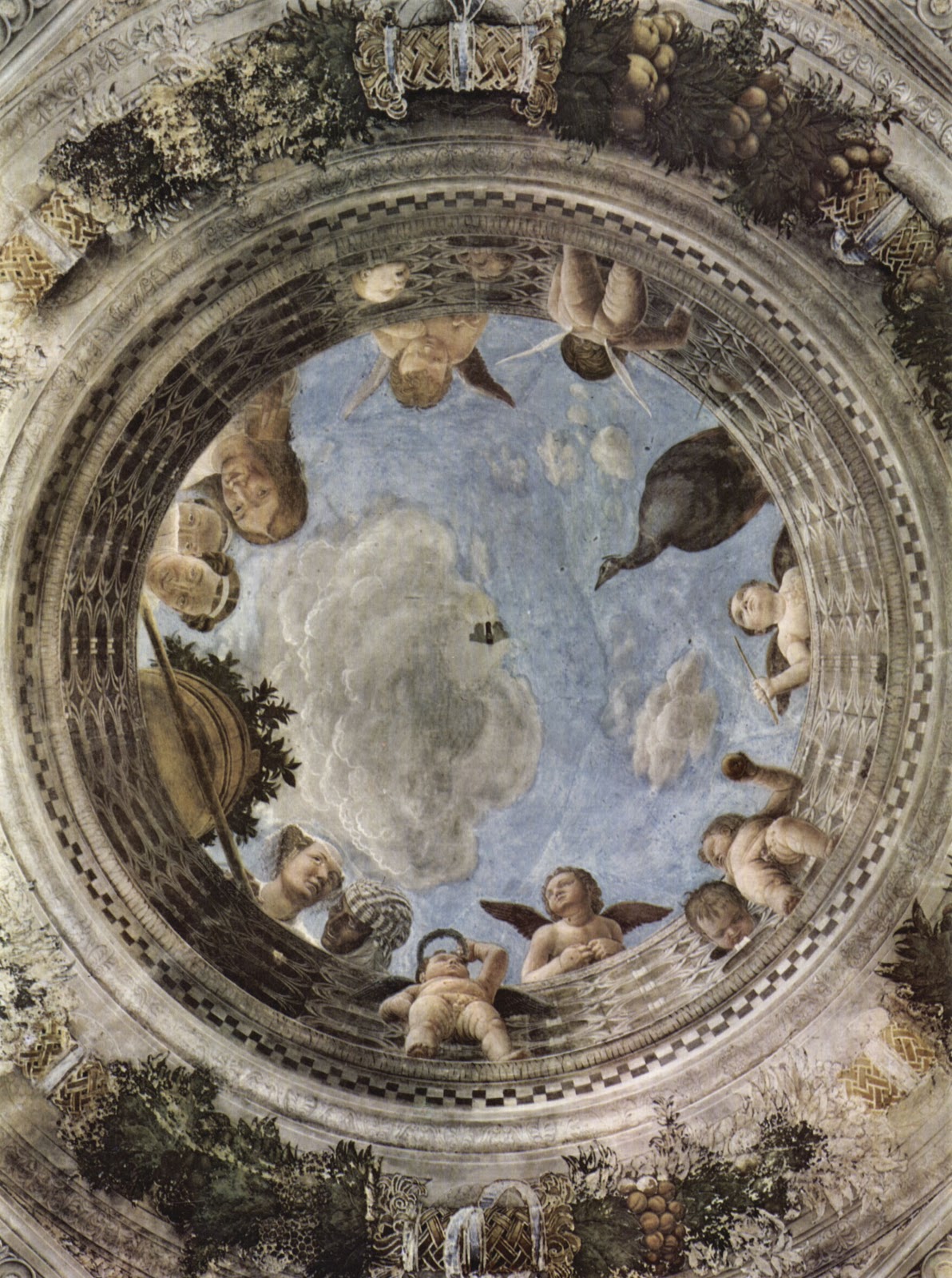Herculasses, a feminine fauna.
Naked as the crashing of barrels.
Cooped up atop trampled beds.
They sleep with mouths poised to crow.
Their pupils have retreated in the depths,
and penetrate to the heart of their glands,
trickling yeast into their blood.
Peter Paul Rubens | Venus in Front of the Mirror, (1614-1615) | Museo Nacional del Prado
Daughters of the Baroque. Dough bloats in a bowl,
baths are steaming, wines are blushing.
piglets of cloud are dashing across the sky,
trumpets neigh in physical alarm.
O pumpkinned, O excessive ones,
doubled by your unveiling,
trebled by your violent poses,
fat love dishes.
Peter Paul Rubens | Mars and Rhea Silvia, 1617
Their skinny sisters got up earlier,
before dawn broke within the painting,
and no one saw them walking single file
on the unpainted side of the canvas.
Exiles of style. Ribs all counted.
Birdlike feet and hands.
They try to ascend on gaunt shoulderblades.
The thirteenth century would have given them a golden backdrop.
The twentieth, a silver screen.
But the seventeenth has nothing for the flat-chested.
For even the sky curves in relief -
curvaceous angles, a curvaceous god -
a moustached Apollo astride a sweaty steed
enters the steaming bedchamber.
Wisława Szymborska (Polish poet, essayist, translato, and recipient of the 1996 Nobel Prize in Literature, 1923-2012)










